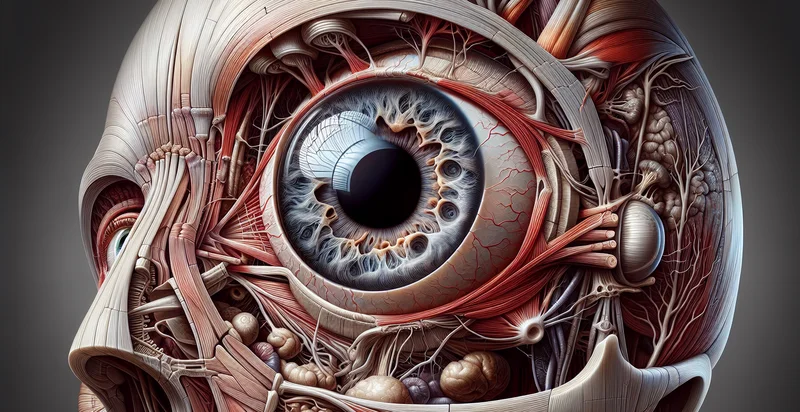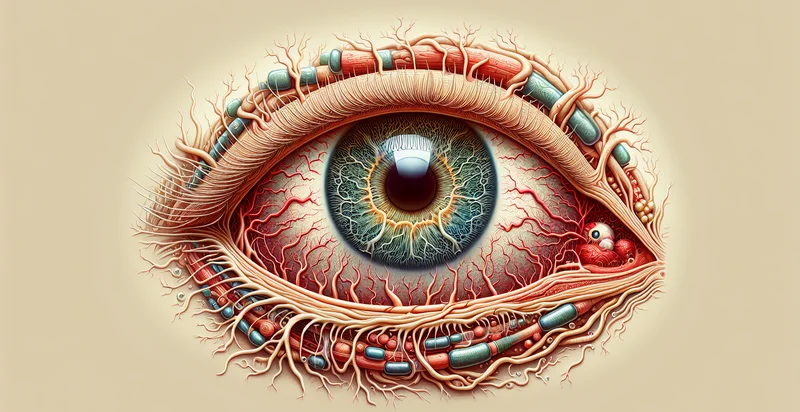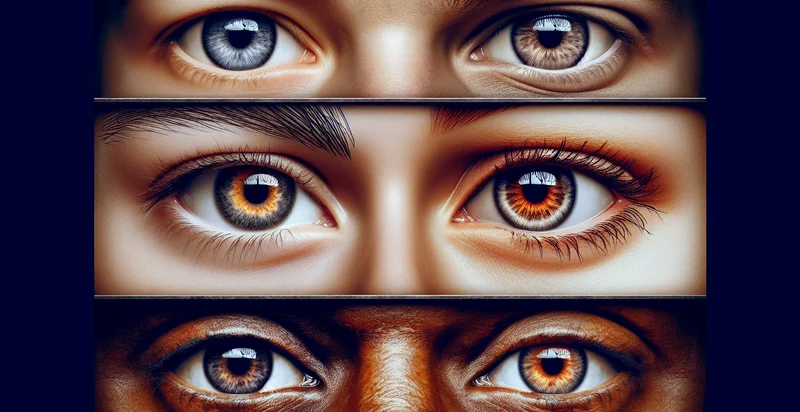Identify eye socket structure
using AI
Below is a free classifier to identify eye socket structure. Just upload your image, and our AI will predict the specific structure of the eye socket. - in just seconds.


Contact us for API access
Or, use Nyckel to build highly-accurate custom classifiers in just minutes. No PhD required.
Get started
import nyckel
credentials = nyckel.Credentials("YOUR_CLIENT_ID", "YOUR_CLIENT_SECRET")
nyckel.invoke("eye-socket-structure", "your_image_url", credentials)
fetch('https://www.nyckel.com/v1/functions/eye-socket-structure/invoke', {
method: 'POST',
headers: {
'Authorization': 'Bearer ' + 'YOUR_BEARER_TOKEN',
'Content-Type': 'application/json',
},
body: JSON.stringify(
{"data": "your_image_url"}
)
})
.then(response => response.json())
.then(data => console.log(data));
curl -X POST \
-H "Content-Type: application/json" \
-H "Authorization: Bearer YOUR_BEARER_TOKEN" \
-d '{"data": "your_image_url"}' \
https://www.nyckel.com/v1/functions/eye-socket-structure/invoke
How this classifier works
To start, upload your image. Our AI tool will then predict the specific structure of the eye socket..
This pretrained image model uses a Nyckel-created dataset and has 31 labels, including Angular, Asymmetric, Bony, Bulging, Colored, Damaged, Deep, Displaced, Enlarged and Flattened.
We'll also show a confidence score (the higher the number, the more confident the AI model is around the specific structure of the eye socket.).
Whether you're just curious or building eye socket structure detection into your application, we hope our classifier proves helpful.
Related Classifiers
Need to identify eye socket structure at scale?
Get API or Zapier access to this classifier for free. It's perfect for:
- Medical Diagnosis Support: This function can assist ophthalmologists and maxillofacial surgeons by automatically identifying anomalies in the eye socket structure from imaging data. It can enhance diagnostic accuracy for conditions like orbital fractures, tumors, or congenital anomalies, reducing diagnostic time and improving patient outcomes.
- Forensic Analysis: In forensic investigations, this function can aid in identifying victims or suspects by analyzing eye socket structures from remains. This capability can help establish identity when facial features are not available, providing critical leads in criminal cases.
- Augmented Reality Applications: The eye socket structure identifier can enhance augmented reality applications by ensuring that virtual eyewear or cosmetic enhancements are accurately fitted to an individual’s facial anatomy. This can improve the user experience and lead to greater customer satisfaction in AR products.
- Personalization in Eyewear Retail: Retailers can utilize this classification function to recommend glasses or contact lenses based on the unique eye socket structures of customers. This personalized approach could lead to higher sales conversions and improved customer loyalty through better product fit and comfort.
- Surgical Planning: Surgeons can leverage the eye socket structure identifier to create tailored surgical plans for procedures involving the eye and surrounding areas. By analyzing the specific structures in 3D imaging, surgeons can minimize risks and optimize outcomes during complex surgeries.
- Clinical Research: Researchers can use this function to conduct studies on the relationship between eye socket structure variations and certain health conditions or genetic traits. The data collected can contribute to clinical trials and ultimately enhance understanding of ocular health and disease.
- Artificial Intelligence Training: The eye socket structure identifier can serve as a valuable tool to train machine learning models in image recognition and classification. By providing a focus on specific anatomical structures, it can help improve the precision of AI systems used in various medical imaging applications.


